Introduction: The Culinary Art of Fresh Crab Preparation
Crabs are a culinary delight enjoyed across various cultures and cuisines worldwide. Their sweet, tender meat and rich, flavorful crab fat make them a highly sought-after seafood delicacy. Whether you’re a seasoned chef or an enthusiastic home cook, preparing fresh crabs can be both an art and a rewarding experience. This comprehensive guide will walk you through the steps of selecting, preparing, and cooking fresh crabs in various delicious ways, ensuring that you bring out their best flavor every time.
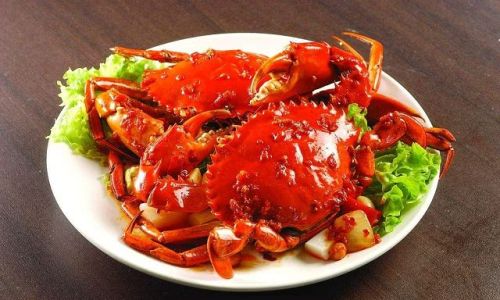
Section 1: Selecting the Best Fresh Crabs
Before diving into the cooking process, it’s crucial to start with the freshest crabs possible. Here are some tips to help you pick the best ones:
1 Understanding Crab Species
Different crab species offer unique flavors and textures. Some popular choices include:
- Blue Crabs: Often found along the Atlantic coast of North America, blue crabs are known for their sweet meat and are perfect for boiling or steaming.
- Dungeness Crabs: Native to the Pacific Northwest, Dungeness crabs have a firm, sweet meat and are ideal for roasting or grilling.
- Snow Crabs: These crabs, primarily caught in the Bering Sea, are known for their large, sweet claws and are excellent for steaming or broiling.
- King Crabs: With their massive legs and sweet, succulent meat, king crabs are a luxury choice often served chilled or in elaborate dishes.
2 Checking Freshness
When selecting crabs, look for the following signs of freshness:
- Appearance: Fresh crabs should have a bright, moist appearance. Avoid crabs with dull, dry shells or those that look slimy.
- Odor: Fresh crabs should have a mild, briny smell. Avoid crabs that have a strong, fishy odor, which could indicate spoilage.
- Leg Movement: Live crabs will move their legs. While this isn’t always possible in markets, it’s a good sign if you can observe it.
- Weight: Heavy crabs are generally meatier and fresher than lighter ones of the same size.
3 Seasonality
Crab availability and quality can vary by season. For instance, blue crabs are most abundant in the late spring and summer, while Dungeness crabs are best in the fall and winter. Checking with local seafood suppliers or fishermen can help you determine the best times to buy.
Section 2: Basic Preparation Techniques
Once you’ve selected your fresh crabs, proper preparation is key to ensuring a delicious final dish. Here’s how to clean and prepare crabs:
1 Cleaning Live Crabs
- Safety First: Wearing gloves can protect your hands from pinching and cutting injuries.
- Soaking: Place live crabs in a large container filled with cold, salted water for about 30 minutes. This helps to clean them and can sometimes relax them, making handling easier.
- Rinsing: Rinse the crabs thoroughly under cold running water, scrubbing the shells gently to remove any dirt or debris.
2 Preparing Crabs for Cooking
- Cracking Shells: For recipes that require accessing the crab meat directly, you may need to crack the shells using a crab cracker or hammer. Be careful not to crush the meat inside.
- Removing the Apron: The apron is the triangular flap on the underside of female crabs. Removing it can help prevent the crab from shedding its internal fat during cooking.
- Cleaning the Guts: For some recipes, you may want to clean out the guts (the dark, stringy material inside the crab). This is optional but can improve the final taste and appearance of your dish.
Section 3: Cooking Fresh Crabs: Various Techniques and Recipes
Now that your crabs are prepared, let’s dive into some delicious cooking techniques and recipes.
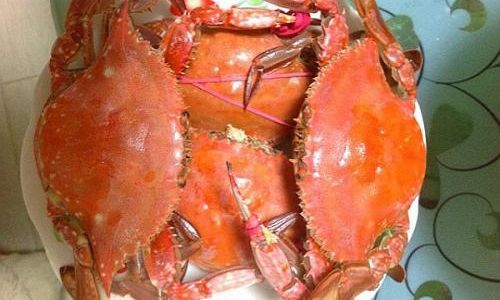
1 Boiling Crabs
Boiling is a classic method for cooking crabs, especially blue crabs. It’s simple, preserves the crab’s natural flavors, and allows for easy seasoning.
Ingredients:
- Fresh crabs
- Water
- Salt (optional)
- Old Bay Seasoning or other crab boil spices
- Lemon wedges (for serving)
Instructions:
- Fill a large pot with enough water to fully submerge the crabs. Add salt and crab boil spices to taste.
- Bring the water to a rolling boil.
- Carefully add the crabs to the pot. Reduce the heat to a simmer and cook for about 15-20 minutes, depending on the size of the crabs.
- Remove the crabs with tongs and let them cool slightly.
- Serve with lemon wedges and melted butter for dipping.
2 Steaming Crabs
Steaming is another popular method that preserves the crab’s juices and flavors. It’s particularly well-suited for snow crabs and Dungeness crabs.
Ingredients:
- Fresh crabs
- Water or beer (for steaming)
- Lemon slices and herbs (like dill or parsley) for flavoring
Instructions:
- Set up a steamer basket in a large pot. Add water or beer to the pot, ensuring it doesn’t touch the bottom of the steamer basket.
- Bring the liquid to a boil.
- Place the crabs in the steamer basket, adding lemon slices and herbs for flavor.
- Cover the pot and steam the crabs for about 15-25 minutes, depending on their size.
- Carefully remove the crabs and let them cool slightly before serving.
3 Grilling Crabs
Grilling crabs adds a smoky, caramelized flavor that’s perfect for Dungeness and king crabs.
Ingredients:
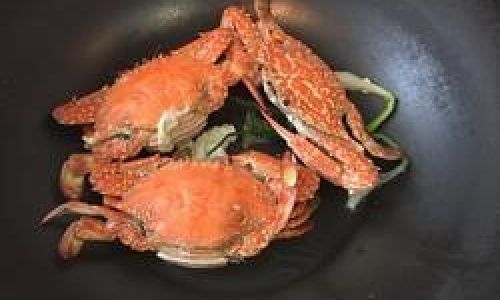
- Fresh crabs, cleaned and cracked
- Olive oil
- Lemon juice
- Garlic powder, paprika, salt, and pepper (for seasoning)
- Fresh herbs (like thyme or rosemary)
Instructions:
- Preheat your grill to medium-high heat.
- Brush the crabs with olive oil and season with lemon juice, garlic powder, paprika, salt, and pepper.
- Place the crabs on the grill, meat side down, and cook for about 5-7 minutes per side, or until they are heated through and have a nice grill mark.
- Garnish with fresh herbs before serving.
4 Roasting Crabs
Roasting crabs in the oven allows for even cooking and can create a crispy exterior while keeping the meat moist and flavorful.
Ingredients:
- Fresh crabs, cleaned and halved or quartered
- Olive oil
- Garlic, minced
- Lemon zest and juice
- Fresh parsley, chopped
- Breadcrumbs (optional, for a crunchy topping)
- Salt and pepper
Instructions:
- Preheat your oven to 375°F (190°C).
- In a bowl, mix olive oil, minced garlic, lemon zest, lemon juice, parsley, salt, and pepper.
- Place the crab pieces in a baking dish and pour the olive oil mixture over them, ensuring they are well-coated.
- Sprinkle breadcrumbs over the top if using.
- Bake for about 20-25 minutes, or until the crab meat is cooked through and the topping is golden brown.
- Serve hot, garnished with additional parsley if desired.
5 Crab Cakes
Crab cakes are a delicious way to enjoy crab meat in a portable, flavorful form. They can be served as an appetizer or main course.
Ingredients:
- Fresh crab meat (lump crab meat is ideal)
- Mayonnaise or sour cream
- Dijon mustard
- Lemon juice and zest
- Worcestershire sauce
- Old Bay Seasoning or crab boil spices
- Green onions, finely chopped
- Fresh parsley, finely chopped
- Breadcrumbs or panko
- Salt and pepper
- Vegetable oil or butter for frying
Instructions:
- In a large bowl, combine the crab meat, mayonnaise, Dijon mustard, lemon juice and zest, Worcestershire sauce, Old Bay Seasoning, green onions, and parsley. Mix well.
- Season with salt and pepper to taste.
- Add enough breadcrumbs to bind the mixture without making it too dry. Form the mixture into cakes, about 3 inches in diameter and 1 inch thick.
- Heat vegetable oil or butter in a large skillet over medium-high heat. Fry the crab cakes until golden brown on both sides, about 3-4 minutes per side.
- Drain on paper towels and serve with lemon wedges and tartar sauce.
Section 4: Serving and Enjoying Your Fresh Crab Dishes
Once your crabs are cooked, there are endless ways to serve and enjoy them. Here are some serving suggestions:
- With Dipping Sauces: Classic choices include melted butter, lemon butter, and tartar sauce. Experiment with different herbs and spices to create your own unique flavors.
- As Part of a Seafood Feast: Crabs can be a highlight of a larger seafood spread, including shrimp, clams, and oysters.
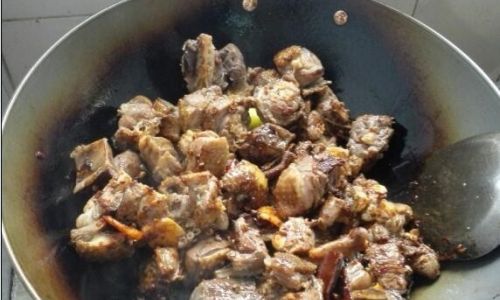
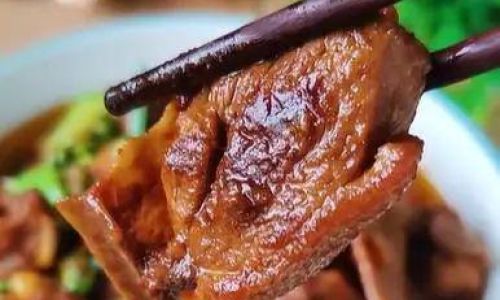
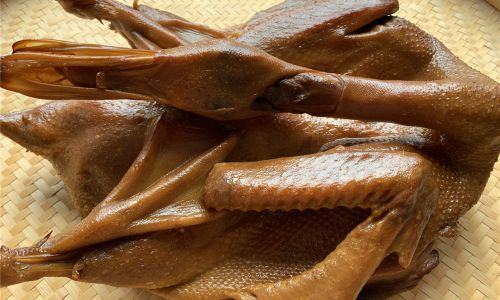
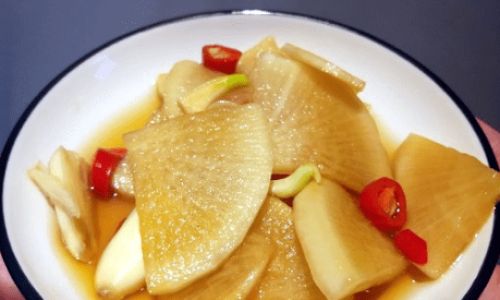
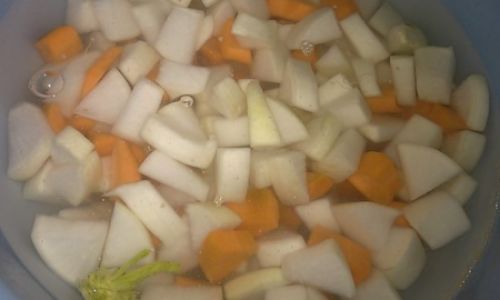
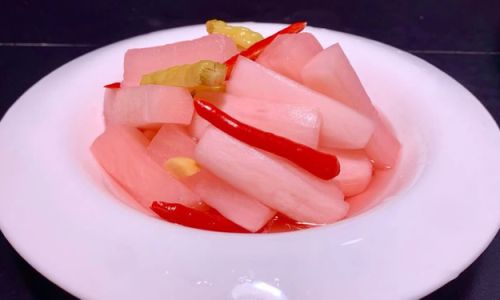
0 comments